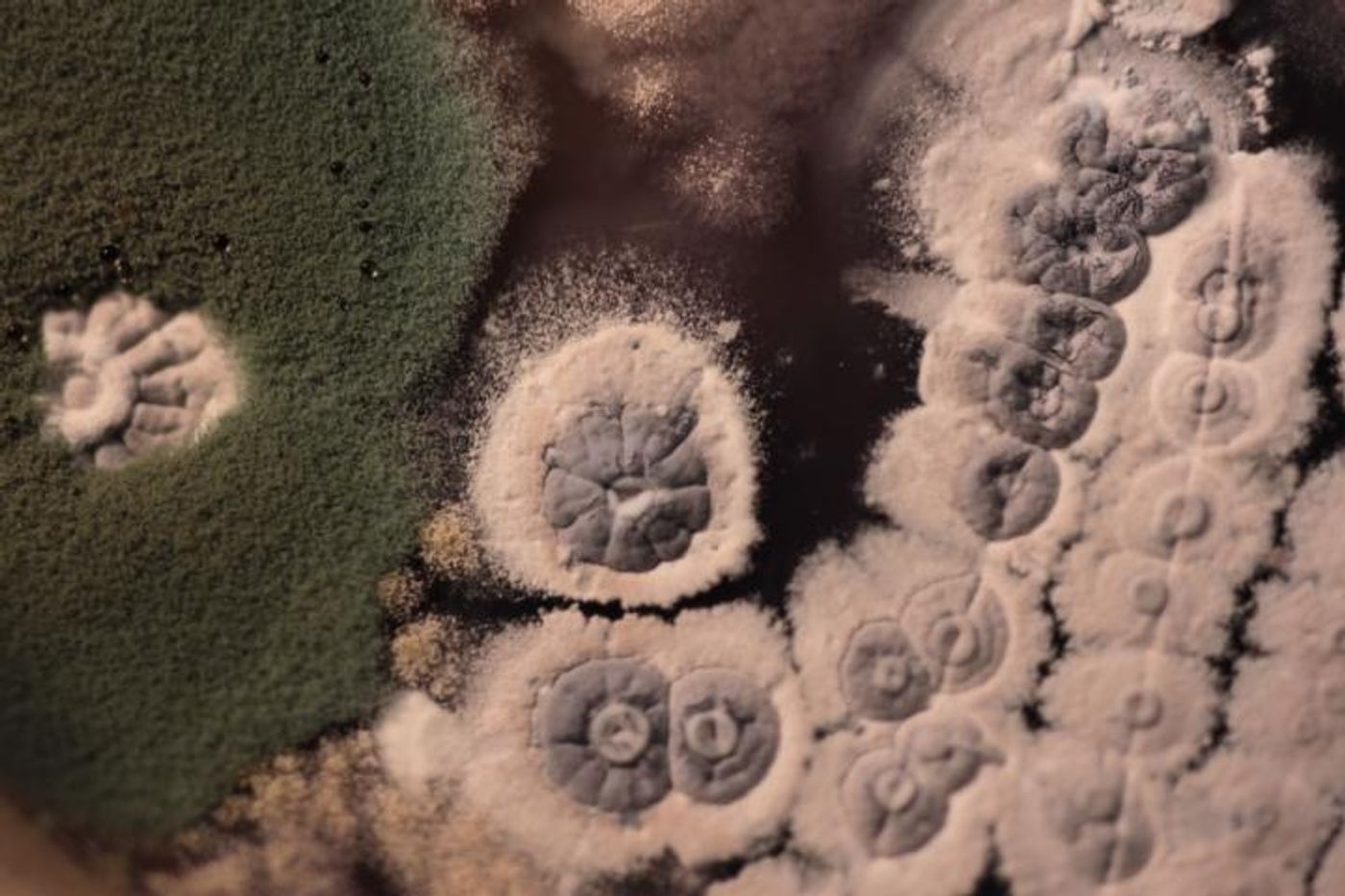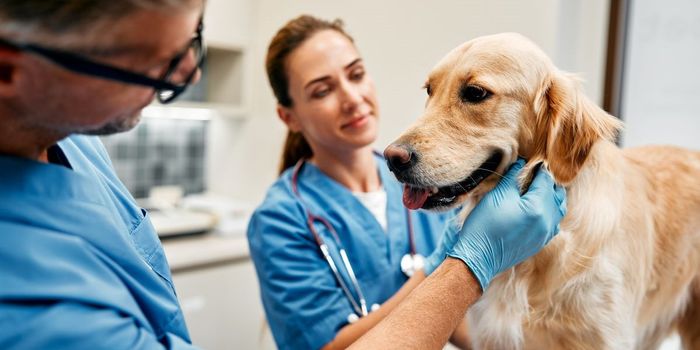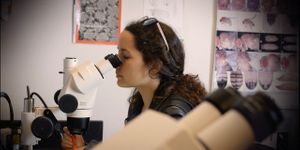The Long Evolutionary History of Antibiotics and Resistance
The world is full of bacteria that have to share the world with myriad species, and often have to live in competition with other microbes. Many bacteria produce antibiotic compounds that they can employ in their battle against other bacteria, some of which people have used as medicine. Other microbes can then evolve ways to evade and resist those antimicrobials as the competition continues.
Now scientists at McMaster University have traced the long history of antibiotic use and resistance in microbes. Reporting in Nature Microbiology, they found that antibiotics and antibiotic resistance emerged together somewhere between 350 and 500 million years ago.
This work can aid in the development of new antibiotics or alternatives to antibiotics, as resistance to the drugs continues to threaten public health.
"Our findings are of significant interest," said senior study author Gerry Wright, professor of the Department of Biochemistry and Biomedical Sciences at McMaster and Director of the Michael G. DeGroote Institute for Infectious Disease Research and the newly established David Braley Centre for Antibiotic Discovery. "Our study reveals several implications in how we could potentially manage antibiotic use and find new drugs for antimicrobial infections."
In this study, the researchers assessed the genomes of bacterial samples from a group called Actinobacteria; they focused on gene clusters involved in the generation of glycopeptide antibiotics. The drugs vancomycin and teicoplanin are in this class and are frequently used to treat bacterial infections.
The scientists studied how these genes changed over time, and found that the synthesis of glycopeptide antibiotics and resistance to the effects of the microbes that produce the compounds trace back 150 to 400 million years. The genetic precursors to glycopeptide antibiotic production go back even farther. Resistance arose along with the antibiotic biosynthesis genes - and the glycopeptides may, therefore, drive the evolution of resistance, suggested the researchers. Once people began to use antibiotics, however, these resistance genes started to spread into other microbes, including pathogens.
"The results we uncovered in this study offers a valuable lens through which to consider the current antibiotic crisis," noted the first author of the study Nicholas Waglechner, a graduate candidate in the Wright lab. "These compounds have been useful to bacteria on the planet even before dinosaurs appeared, and resistance co-evolved with production as a means of self-protection for producing bacteria. The use of vancomycin in modern times in medicine and agriculture has resulted in the movement of resistance from these innocuous producers to disease-causing bacteria over a few short decades."
The video above illustrates how quickly bacteria can evolve resistance to an antimicrobial drug.
Sources: Phys.org via McMaster University, Nature Microbiology









